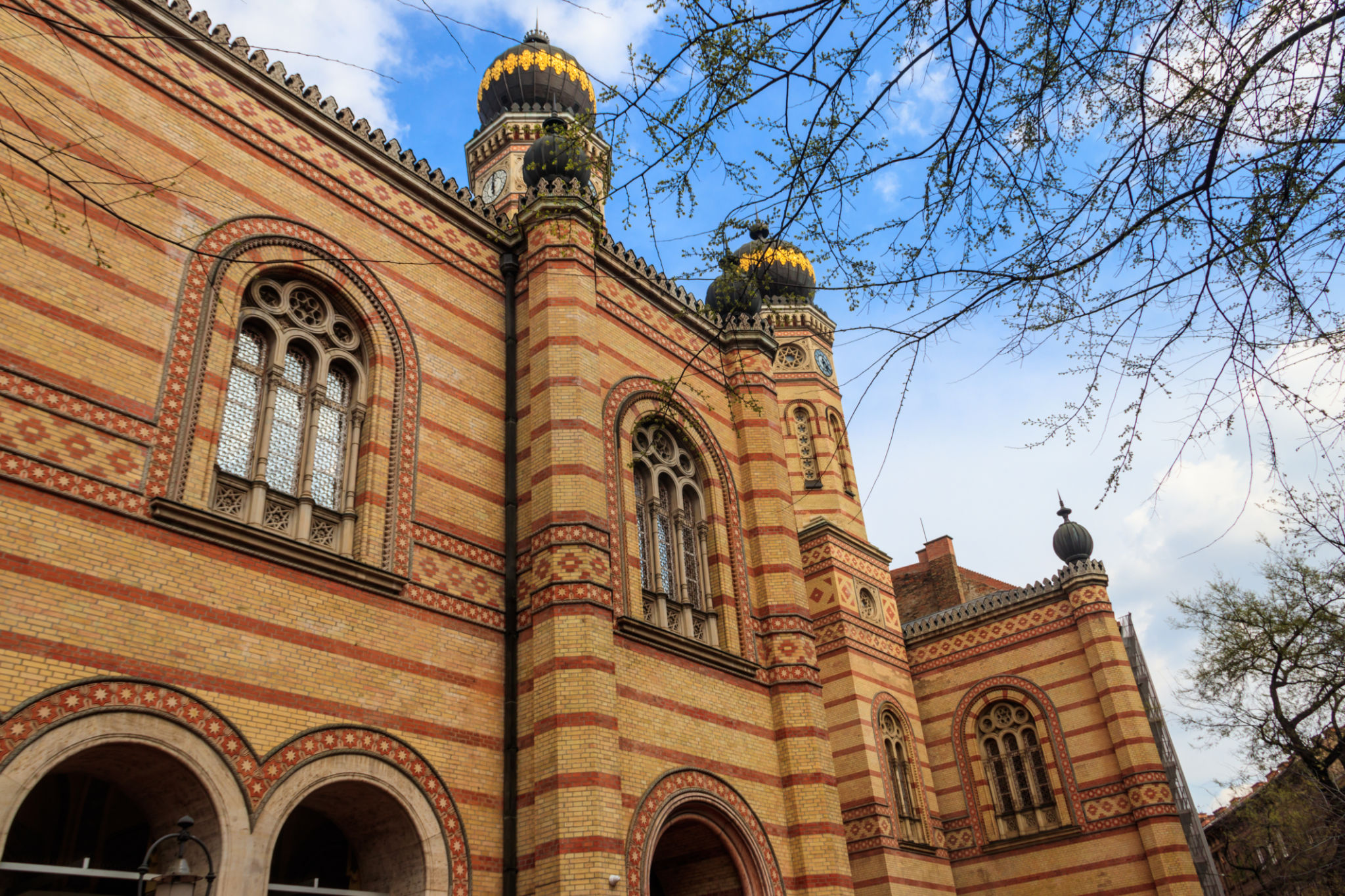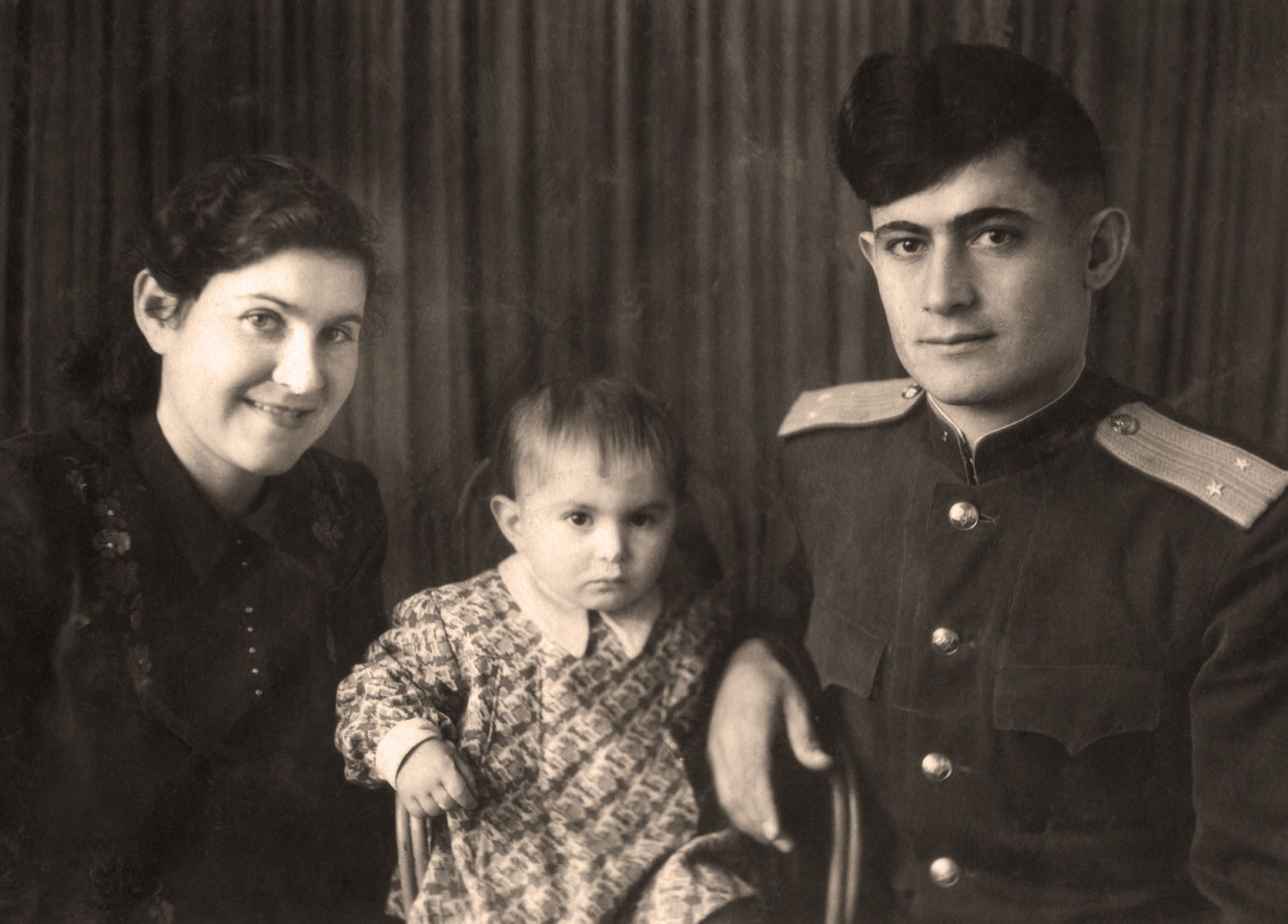The Historical Context of 'Children of a Hope': WWII in Hungary
The Historical Context of 'Children of a Hope'
"Children of a Hope" is a poignant narrative set against the backdrop of a turbulent era—World War II in Hungary. This historical period was marked by significant upheaval and change, deeply affecting the lives of countless individuals. Understanding the historical context of this era provides invaluable insight into the novel's themes and character motivations.
During World War II, Hungary found itself in a precarious position. Initially aligning with the Axis Powers, Hungary's alliance with Germany was motivated by territorial ambitions and political pressures. However, as the war progressed, conditions in Hungary became increasingly dire. The shifting allegiances and internal strife created an atmosphere of uncertainty and fear, which is vividly captured in "Children of a Hope."

The Impact of War on Everyday Life
The impact of World War II on everyday life in Hungary was profound. Citizens faced shortages of basic necessities, as wartime economies prioritized military needs over civilian welfare. Rationing became commonplace, and many families struggled to secure food, clothing, and other essentials. This scarcity is reflected in the novel's portrayal of daily life, illustrating the resilience and resourcefulness required to endure such hardships.
The war also brought about significant social changes. Traditional family roles were disrupted as men went to fight, and women took on new responsibilities both at home and in the workforce. This shift challenged societal norms and expectations, creating a dynamic backdrop for the characters in "Children of a Hope" to navigate.

Persecution and Resistance
One of the darkest aspects of this period was the persecution faced by Jewish communities in Hungary. The implementation of anti-Semitic laws and eventual deportations to concentration camps had a devastating impact. "Children of a Hope" sensitively addresses these atrocities, highlighting the courage and resilience of those who resisted oppression.
Resistance movements emerged as a response to the tyranny imposed by occupying forces and collaborationist regimes. These acts of defiance, though often perilous, offered hope and solidarity to those facing persecution. The novel's characters embody this spirit of resistance, showcasing the power of hope and human connection in the face of adversity.

Post-War Repercussions
The end of World War II did not immediately bring peace to Hungary. The country was thrust into a new era of political upheaval as Soviet influence grew. The transition from wartime to peacetime was fraught with challenges, including rebuilding infrastructure, addressing war crimes, and healing societal divisions. This period of reconstruction is integral to understanding the resolution of "Children of a Hope."
As Hungary struggled to find its footing in the post-war world, the themes of recovery and reconciliation emerge strongly in the novel. The characters' journeys reflect the nation's efforts to overcome past traumas and forge a new path forward.

Legacy and Remembrance
The legacy of World War II continues to resonate in Hungary today. Memorials and museums dedicated to this period serve as reminders of the sacrifices made and the lessons learned. "Children of a Hope" contributes to this legacy by preserving personal stories within a broader historical narrative.
By exploring the historical context of "Children of a Hope," readers gain a deeper appreciation for the resilience of those who lived through such challenging times. The novel not only tells a compelling story but also serves as a testament to the enduring power of hope in even the darkest moments.